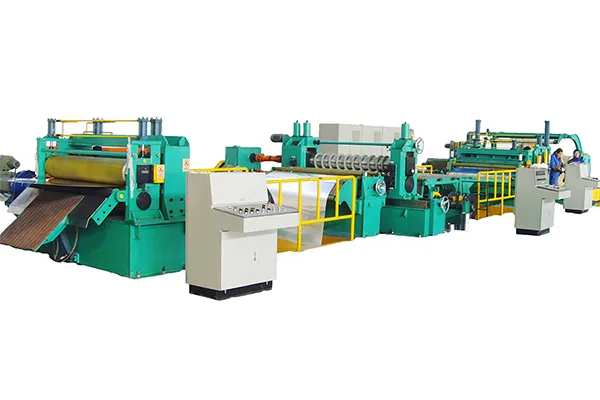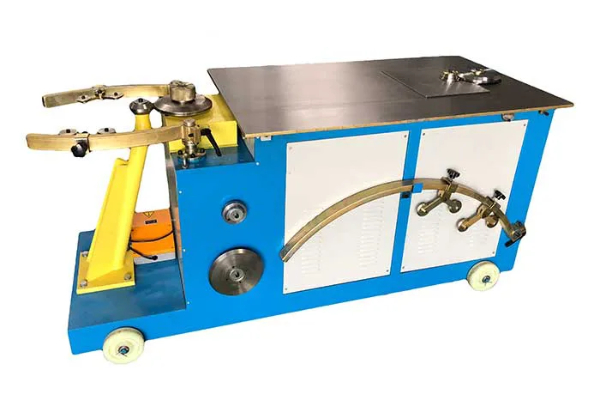
Understanding Material Compatibility in Plate Bending
- By:Metmac
- 2024-07-03
- 193
In the realm of metal fabrication, plate bending looms as a crucial process, shaping flat sheets into complex forms. However, the intrinsic properties of the chosen materials can significantly influence the outcome. Navigating the labyrinth of material compatibility is paramount to ensure structural integrity and precision in plate bending.
The Elastic Dance: Compatibility of Yield Strength and Modulus of Elasticity
The yield strength of a material determines its resistance to plastic deformation, while the modulus of elasticity measures its stiffness. These two parameters dance in harmony during the bending process. Incompatible values can lead to excessive deformation or premature failure. For example, a material with a high yield strength but low modulus of elasticity may bend too far, compromising the intended shape.
Ductility: The Key to Smooth Transitions
Ductility, the material’s ability to deform without breaking, plays a vital role in plate bending. Adequate ductility allows the material to conform to the bend radius without cracking or tearing. Insufficient ductility can result in brittle fractures, especially at the bends.
Anisotropy and Grain Structure: The Hidden Influences
Anisotropy refers to the directional dependence of material properties. Certain materials exhibit different strength and ductility along different axes. Understanding the anisotropic characteristics of the chosen material is crucial for optimizing plate bending outcomes. Additionally, the grain structure can influence the material’s susceptibility to cracking or tearing.
Embracing Compatibility for Precision Bending
By fully understanding the compatibility of materials in plate bending, manufacturers can unlock the full potential of this shaping technique. Selecting materials that possess the right combination of yield strength, modulus of elasticity, ductility, and compatibility can lead to precise and structurally sound bends.
Conclusion
Understanding material compatibility in plate bending is not a mere box-ticking exercise; it’s the gateway to producing exceptional metal fabrications. By embracing this knowledge, engineers and fabricators can push the boundaries of design and unlock the true potential of plate bending.
-
Finding the Right Partner: Your Guide to Premium Sheet Metal Laser Cutting Machines for Sale
2025/12/23 -
METMAC: Defining Excellence Among Sheet Metal Laser Cutting Machine Manufacturers
2025/12/23 -
Unleashing Power and Precision: The METMAC Plasma Sheet Metal Cutting Machine
2025/12/23 -
CNC laser cutting machine sheet metal-Precision Redefined: The METMAC CNC Laser Cutting Machine for Sheet Metal Mastery
2025/12/23
-
Advanced Sheet Metal Rolling, Laser Cutting, and Folding Machines for Precision Fabrication
2025/10/31 -
High-Performance Sheet Metal Bending and Cutting Machines for Modern Fabrication
2025/10/31 -
High-Quality Sheet Metal Equipment for Sale: Efficient Solutions for Modern Manufacturing
2025/10/31 -
High-Performance Sheet Metal Equipment for Sale: Forming and Shearing Solutions for Modern Fabrication
2025/10/22
-
Latest Technological Advancements in Rectangular Duct Machines
2024/05/11 -
Integrating Automation with Rectangular Duct Machines for Enhanced Productivity
2024/05/11 -
Metal Shear Machines- Essential Tools for Precision Metal Cutting
2024/05/11 -
Understanding the Role and Function of Steel Strip Slitting Machines
2024/05/11
-
A Guide to the Latest Innovations in Sheet Metal Folding Machines
2024/11/29 -
Key Features to Consider When Investing in a Sheet Metal Folding Machine
2024/11/28 -
Enhancing Precision with Advanced Sheet Metal Folding Machines
2024/11/27 -
How to Choose the Right Sheet Metal Folding Machine for Your Workshop
2024/11/26







